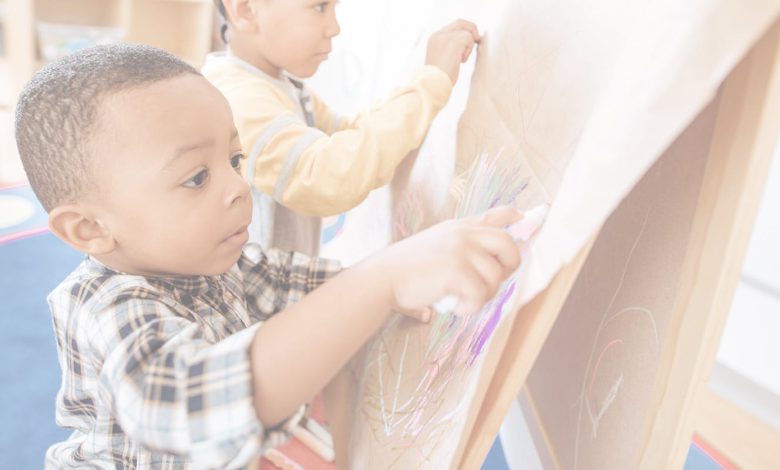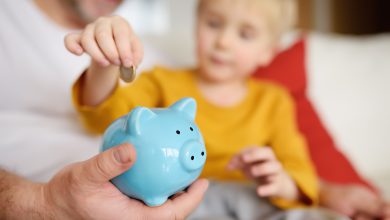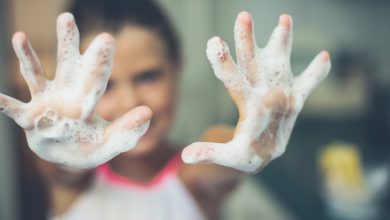When Is the Best Time to Transition to the Next Preschool Classroom? Annual vs. Development Based

When Is the Best Time to Transition to the Next Preschool Classroom? Annual vs. Development Based
Along with selecting a quality preschool, another important question many parents have is “When should my child move to the next class?”
Most preschool programs, both locally and across the country, follow a traditional once-a-year model of only transitioning kids in August when schools start up.
But children with February birthdays would be 2 ½ on the first day in the two’s classroom and would spend the entire year with children who are younger, rather than a more appropriate learning environment with peers of a similar age and developmental level.
Researchers have found that a higher proportion of kids just one year younger may impede academic progress for older children in a preschool setting.
To ensure we provide the best learning environment for young students, we use a developmental or age-based criteria, so if a child is ready for a 3-year-old preschool classroom in February or March, we go ahead and make the transition instead of having to wait until August.
Developmental Milestones for 2- and 3-Year-Olds
Early childhood is a time of rapid learning, development and growth. Even children just a few months to a year apart can have very different learning needs. On top of that, each individual child will learn at his or her own pace.
As an example, below is a summary of some of the typical milestones that take place between the ages of 2-3 and 3-4.
- Movement
-
- Between ages 2-3. Children can climb, walk up a staircase, run and bend over without falling. They also become adept at pedaling a tricycle
- Between ages 3-4. The child can hop, stand on one foot, kick and throw a ball, and use most riding toys, as well as move forward and backward
- Social/emotional
-
- Between ages 2-3. The child learns to separate more easily from parents and expresses a wide range of emotions. However, children this age may still have trouble with major changes in routine.
- Between ages 3-4. Children become more independent and learn to cooperate with others. Fantasy play becomes more inventive and includes role-playing such as pretending to be a mom or dad.
- Hand and finger skills
-
- Between ages 2-3. The child learns to hold a pencil, draw various shapes and turn pages in a book. He or she can build a short tower from blocks and unscrew a jar lid.
- Between ages 3-4. This is when kids learn to copy some capital letters, circles and squares and draw a person with 2-4 body parts. The child can also use scissors and feed him or herself with a spoon.
- Language
-
- Between ages 2-3. The child knows his or her name, age and sex, and uses pronouns like I, me, we, you and they. Children begin to recognize and name familiar objects and understand most spoken sentences.
- Between ages 3-4. As children begin to master basic grammar rules, they speak in longer sentences and can be understood by most strangers. They start to make up stories and can understand concepts like same and different.
- Cognitive
-
- Between ages 2-3. Children begin playing make-believe with dolls, and can sort objects by color. They can complete simple puzzles of less than five pieces and understand the concept of two.
- Between ages 3-4. The child has a better sense of time and causality, can follow three-part commands and recalls more elements of a story. He or she understands the concept of counting, correctly identifies some colors and knows a few basic numbers.
Choosing a Developmentally Appropriate Curriculum
Spending time in a preschool class with peers of a similar age and developmental level means kids get to participate in lessons that are challenging enough to provide a sense of accomplishment, but not so advanced that the child becomes discouraged.
For 2-year-old preschoolers, routine and structure make a big difference. Lessons should stimulate the imagination through play using interactive educational materials while also developing skills in a number of subjects. The curriculum should promote social skills like sharing and self-control.
- Age-appropriate experiences with math, science, language, drama and music
- Songs, puzzles and games, such as singing the Alphabet Song
- Increase vocabulary and introduce a second language
- Identifying animals
- Learning to count
- Assistance with toilet training in cooperation with the child’s family
When kids move up to the 3-year-old classroom, they need an even greater variety of hands-on activities to encourage both continued learning and socialization. Teachers must stay a step ahead of these eager learners to keep students engaged.
- How to write one’s name
- Recognition of letters, numbers, colors and shapes
- Introduction of concepts like opposites
- Basic directional concepts like over/under and front/back
- Identify emotions and learn about self-awareness
- Learning self-help skills to promote independence
Do you have questions about when your child should start preschool or when it’s time to transition to the next level?
Contact a Little Sunshine’s Playhouse® near you for more information!
Read our previous blog posts to learn more about choosing a preschool & our Creatively Shine™ curriculum for different ages:
Wondering What to Look for in a Preschool?
Toddler Curriculum Fosters Exploration and Growth
What Makes an Effective Pre-K Curriculum?





